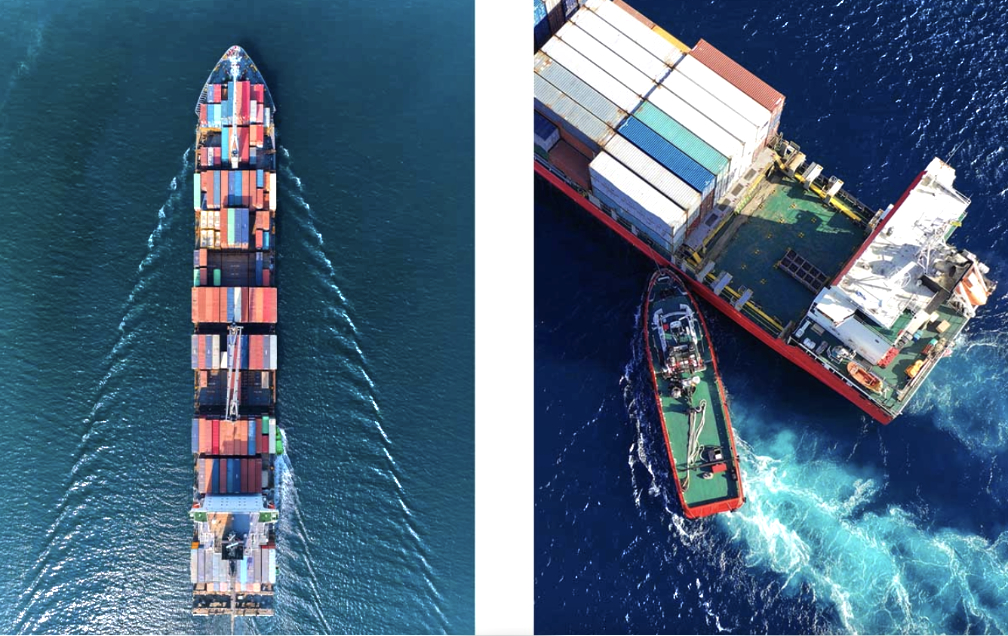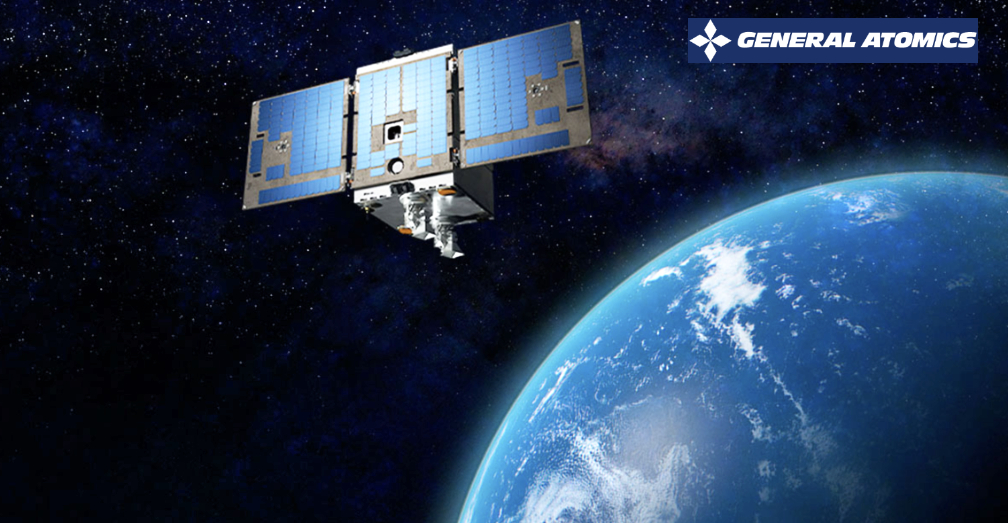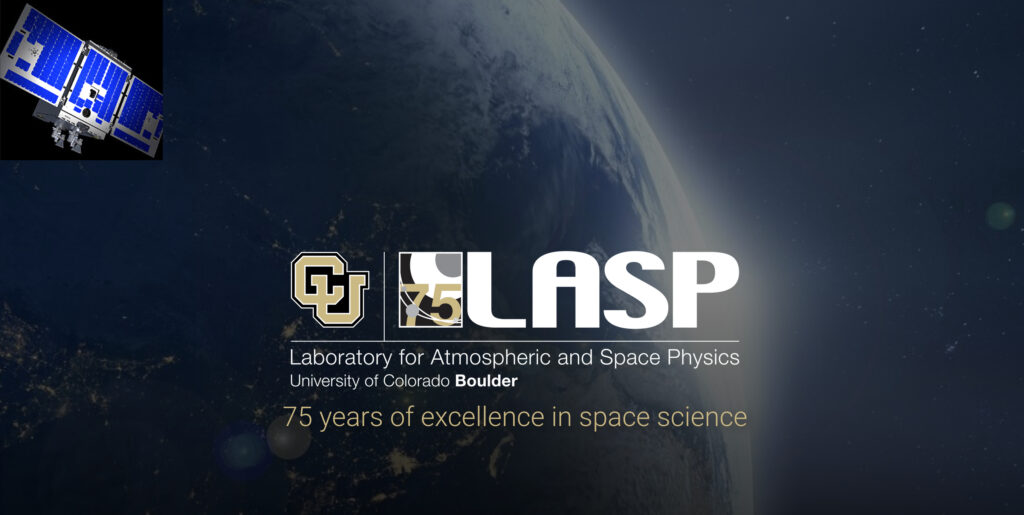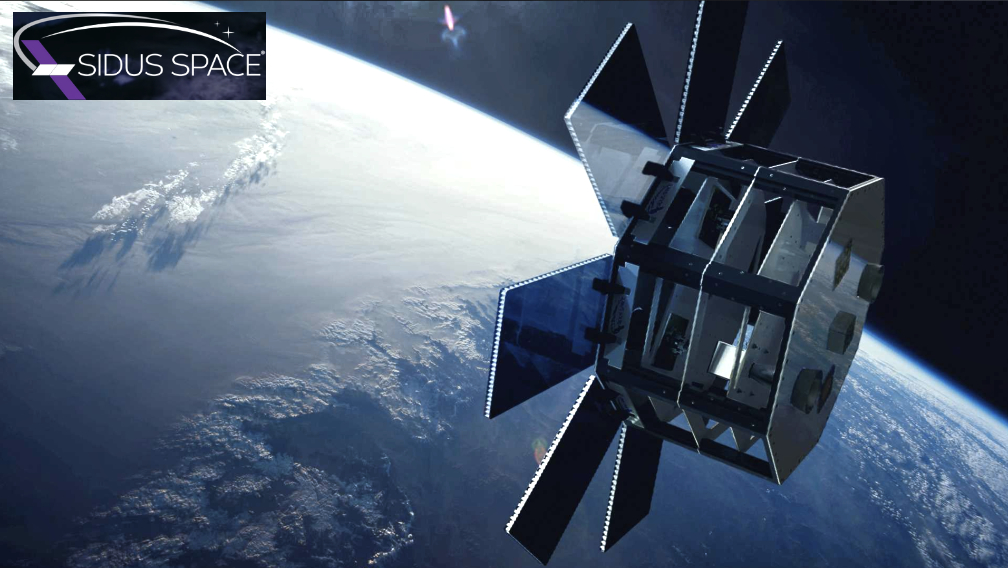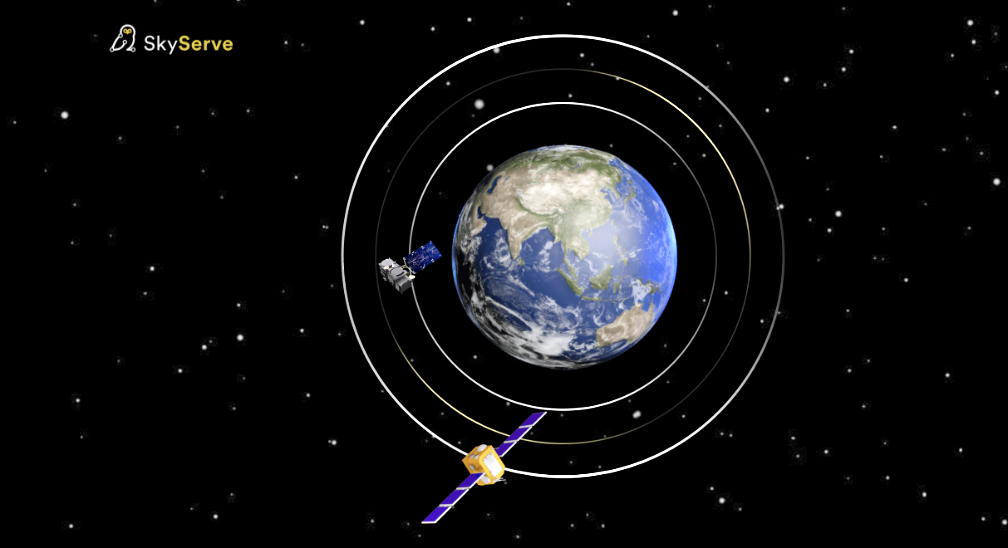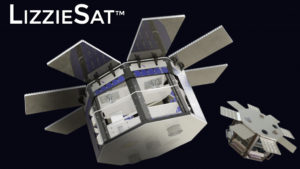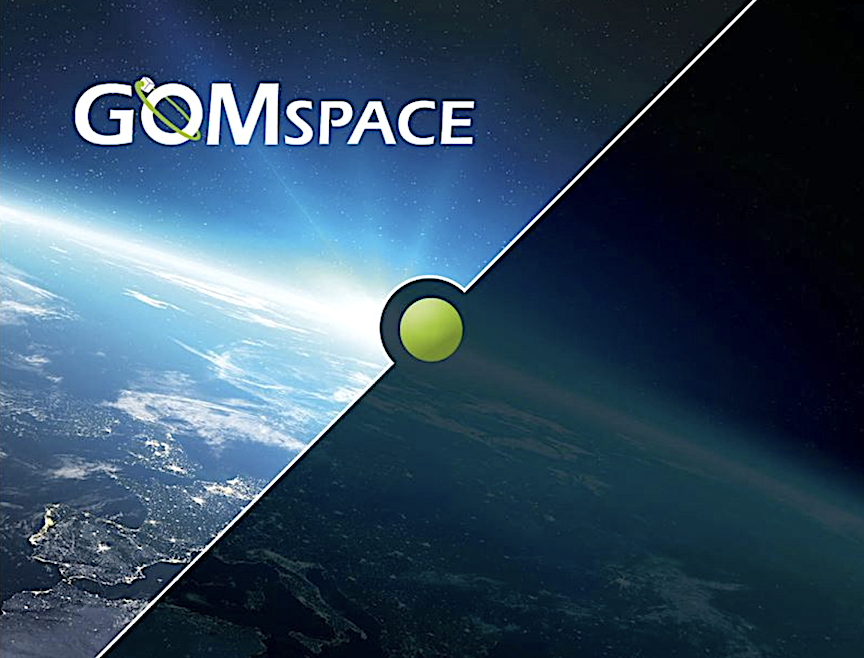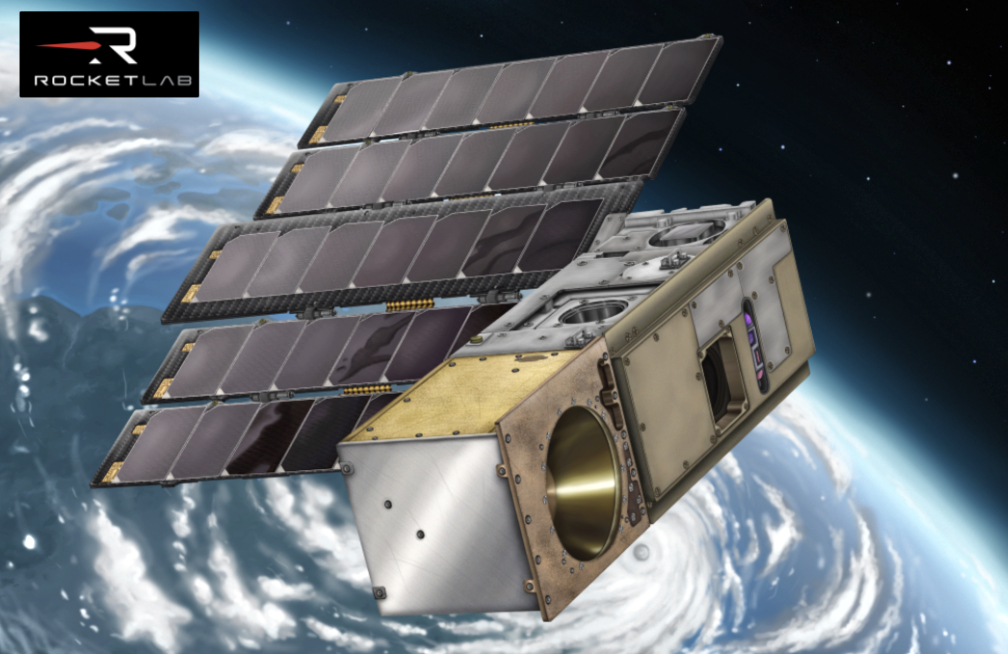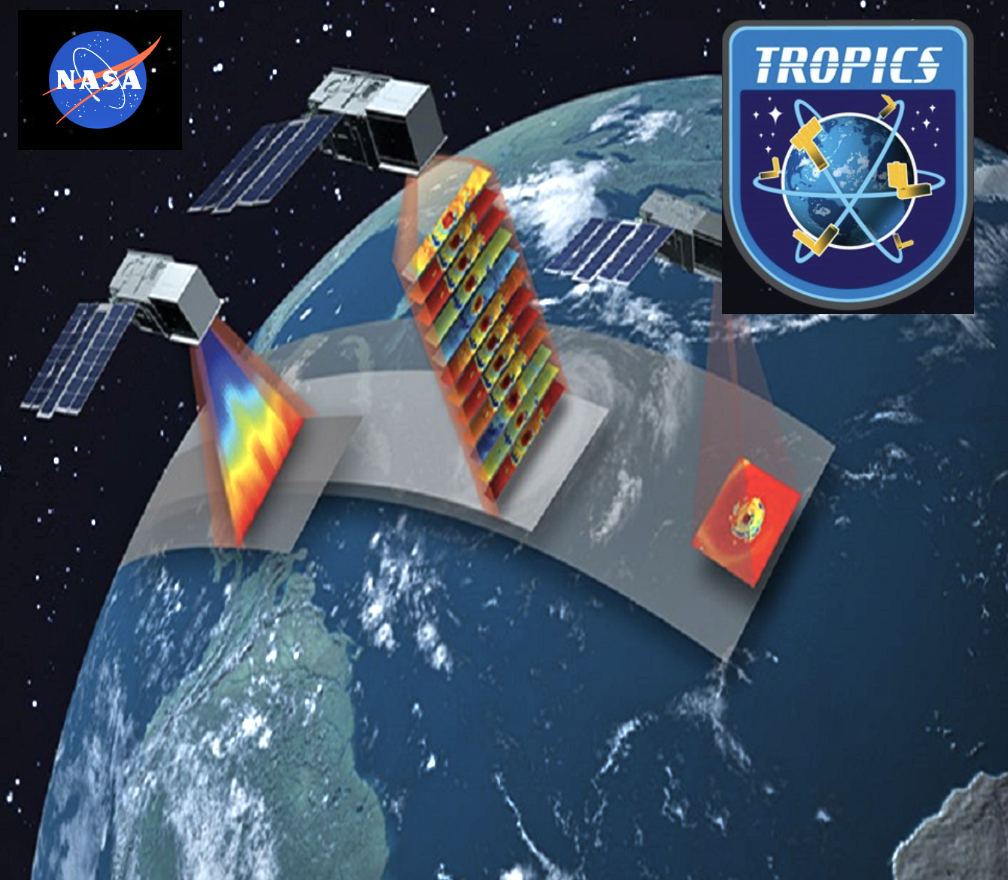
Teledyne e2v HiRel has released a New Space COTS (Commercial-Off-The-Shelf), phase locked loop (PLL) designed to deliver exceptional performance and reliability in space applications.
The TDPL97240 is packaged in a small, 7×7 mm, non-hermetic, epoxy sealed, ceramic quad, no-leads, (QFN) flat package that offers 75% board size reduction vs. the standard space grade ceramic part. The TDPL97240 is radiation tolerant to 100 krad (Si) total ionizing dose (TID) and built on silicon-on-sapphire (SOS) technology. This gives the PLL natural radiation tolerance and immunity to single-event latch-up (SEL) effects.
The offering also has a lock frequency range of 50 MHz to 5 GHz, dual modulus prescaler (5/6 & 10/11) for greater frequency flexibility and capability of either serial interface or direct pin programming.
The device is qualified in accordance with the NASA EEE-INST-002 specification and undergoes rigorous testing and validation to ensure that it meets the necessary space requirements. The cost-effective nature of the space COTS solution opens new opportunities for customers who may have previously been unable to afford more expensive traditionally qualified solutions.
“We are thrilled to offer our customers a cost-effective solution that delivers the high-reliability and high-performance needed for space applications. Our new space COTS PLL is the ideal solution for LEO applications that also require radiation performance.”
— Mont Taylor, Vice President of Marketing and Product Management at Teledyne e2v HiRel

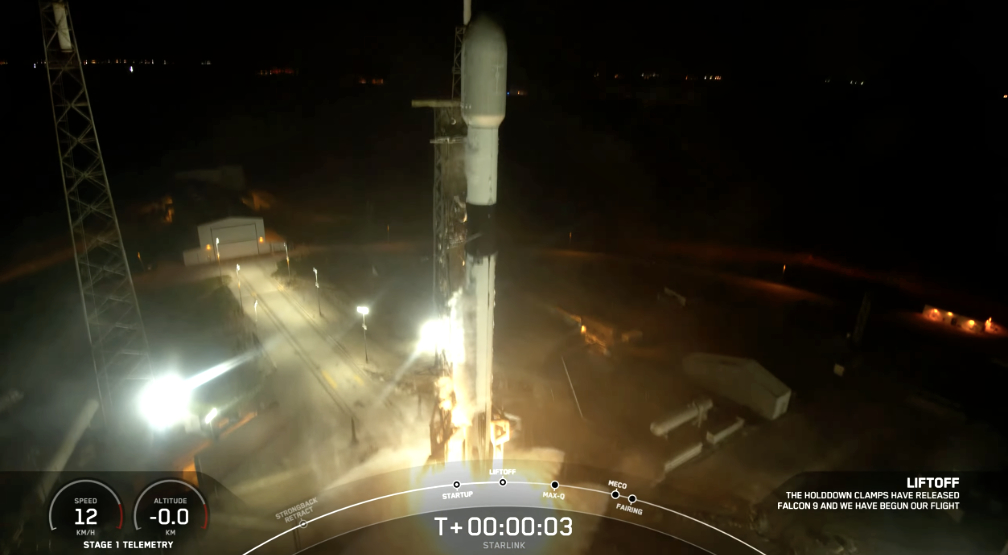
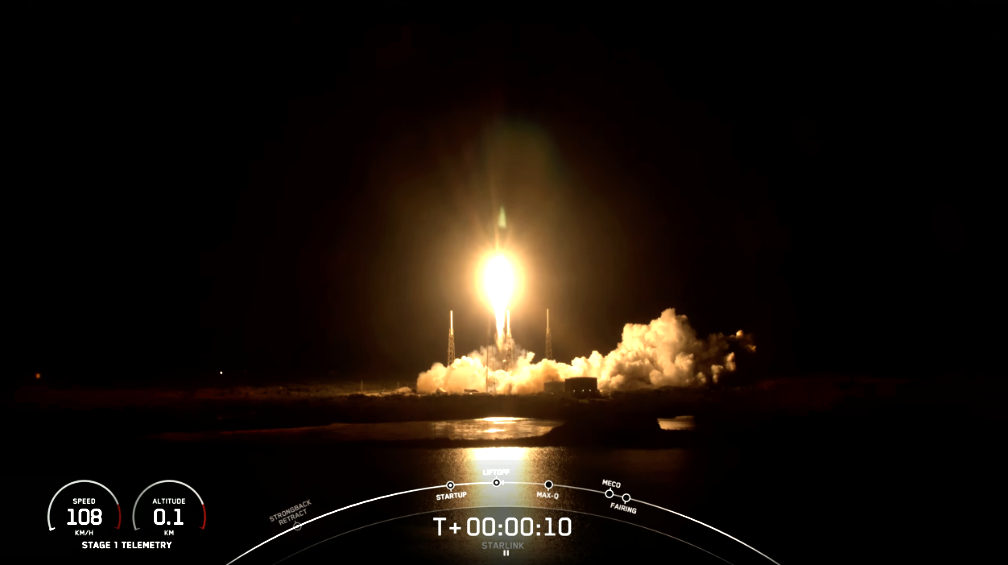
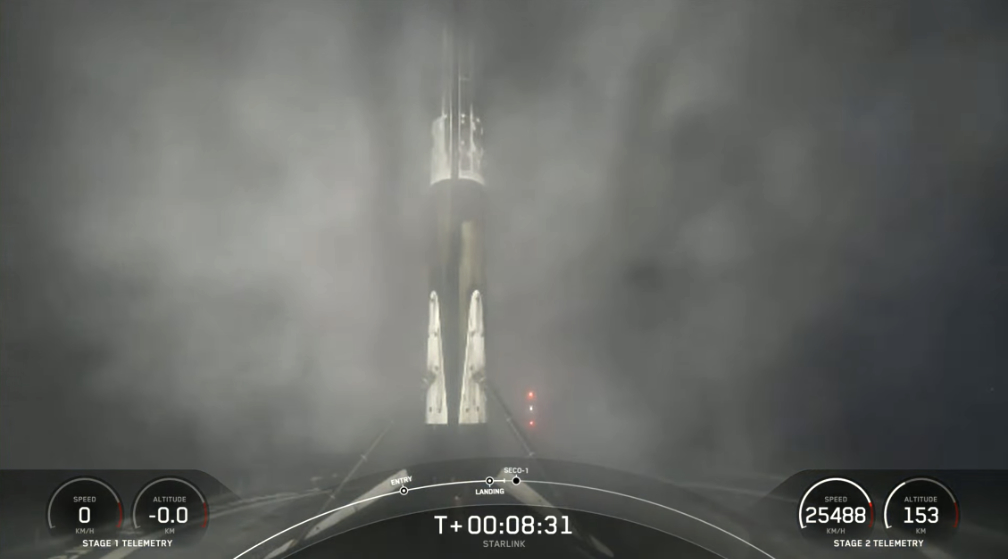

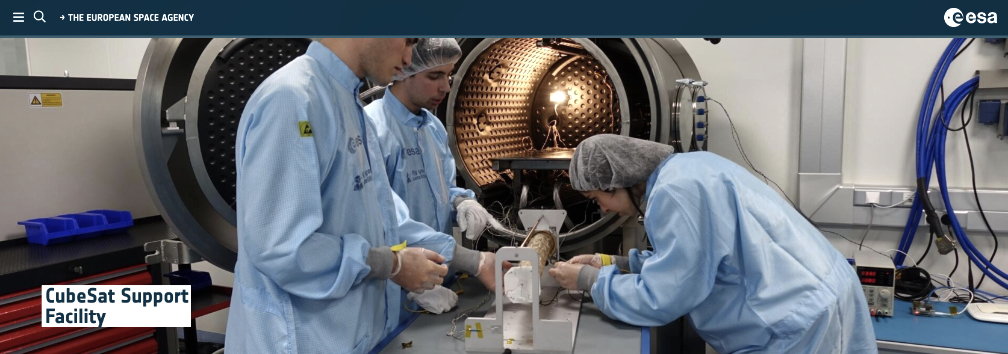
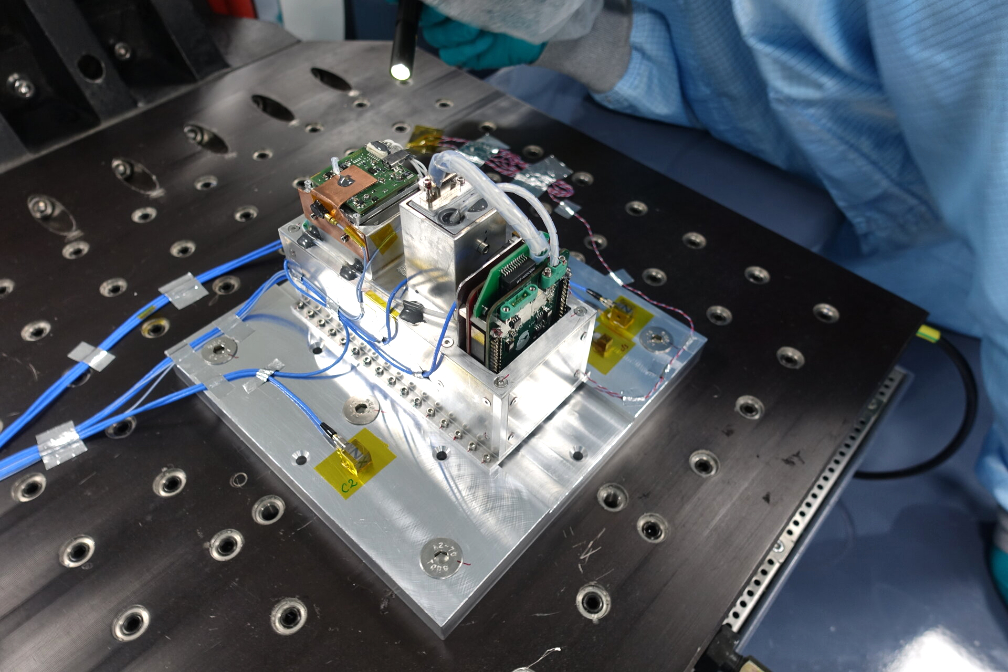
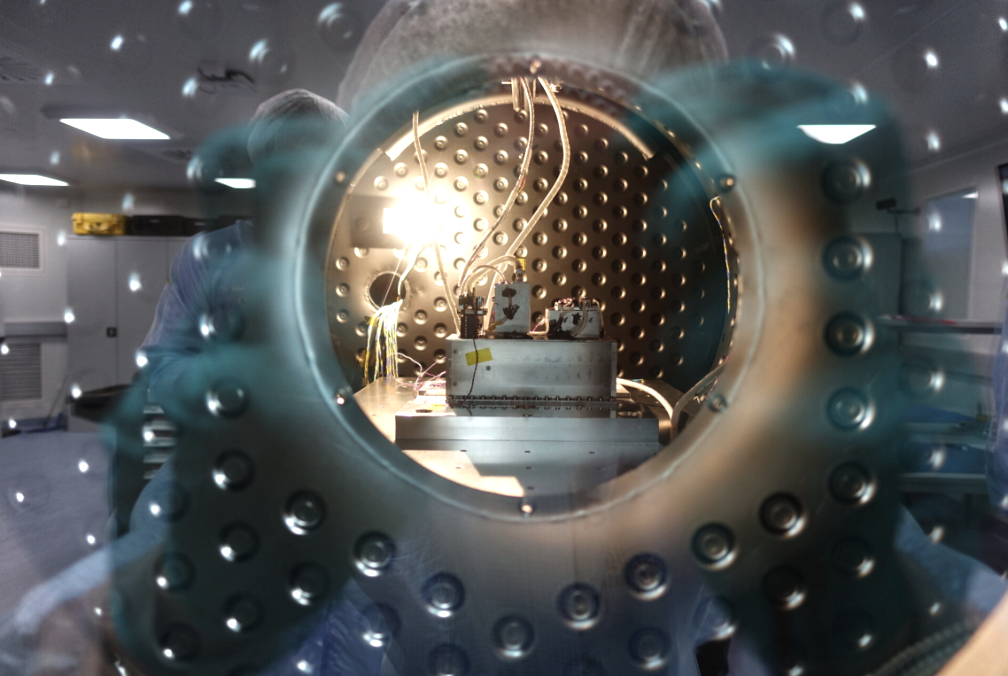
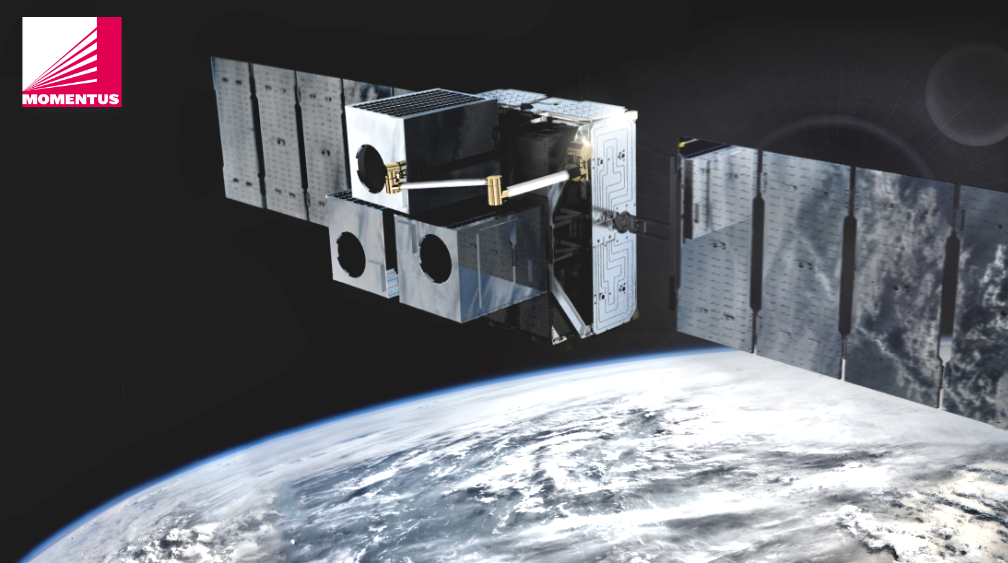
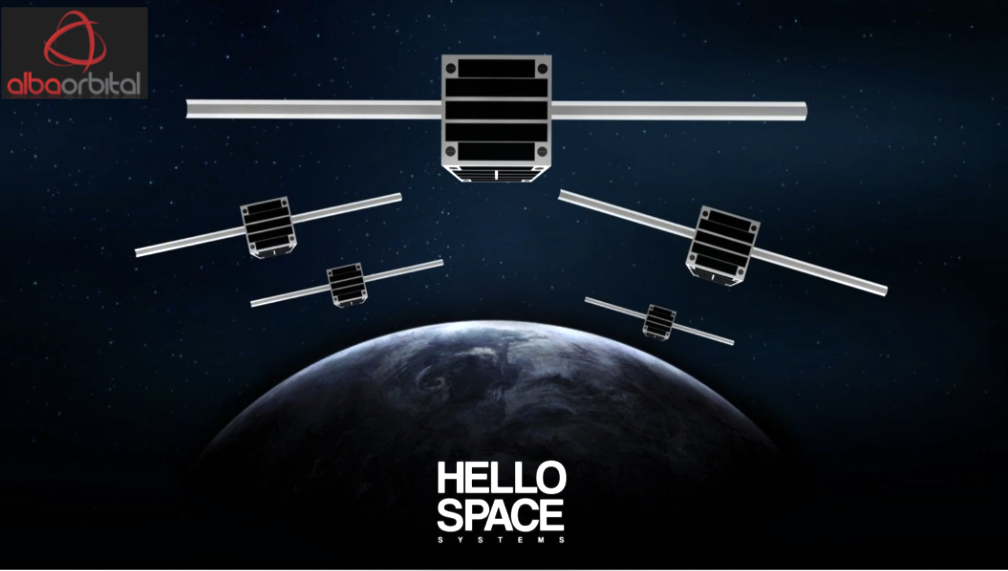
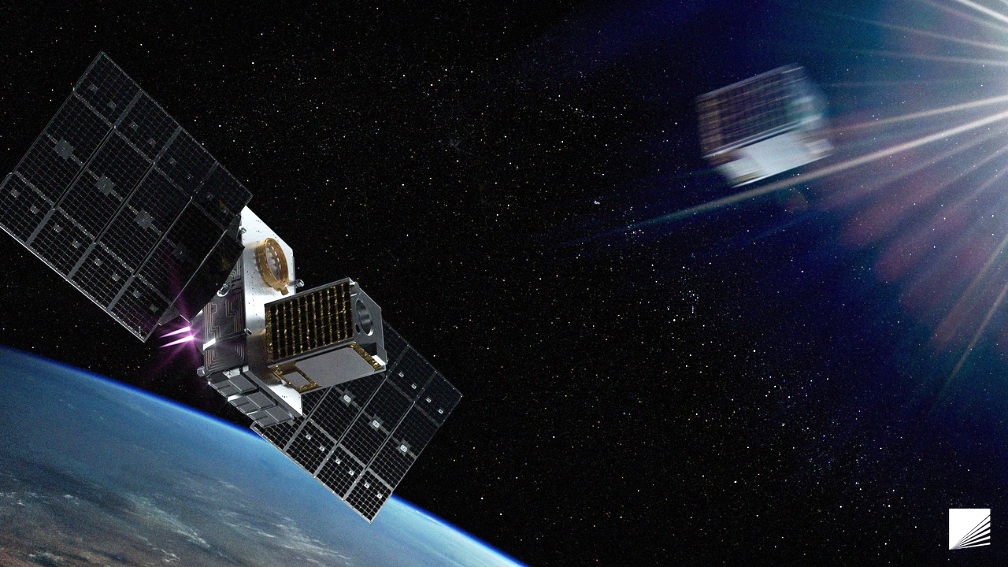
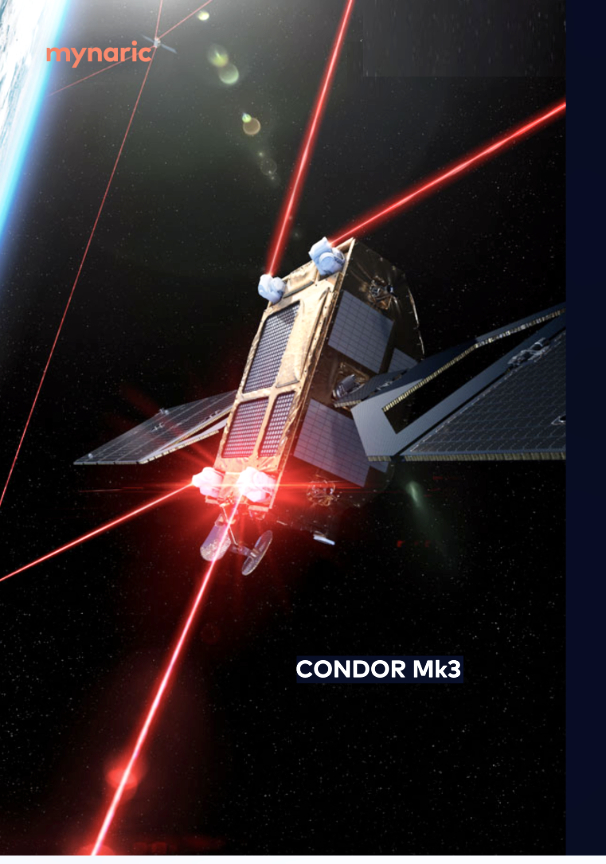
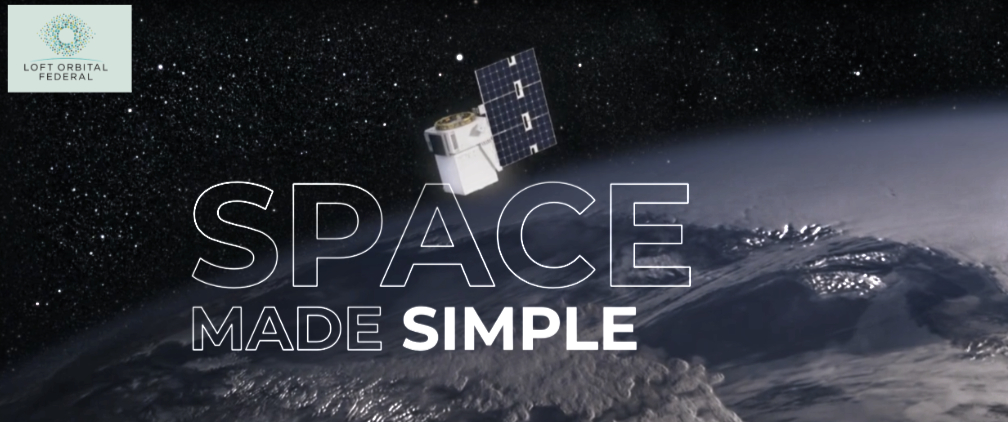

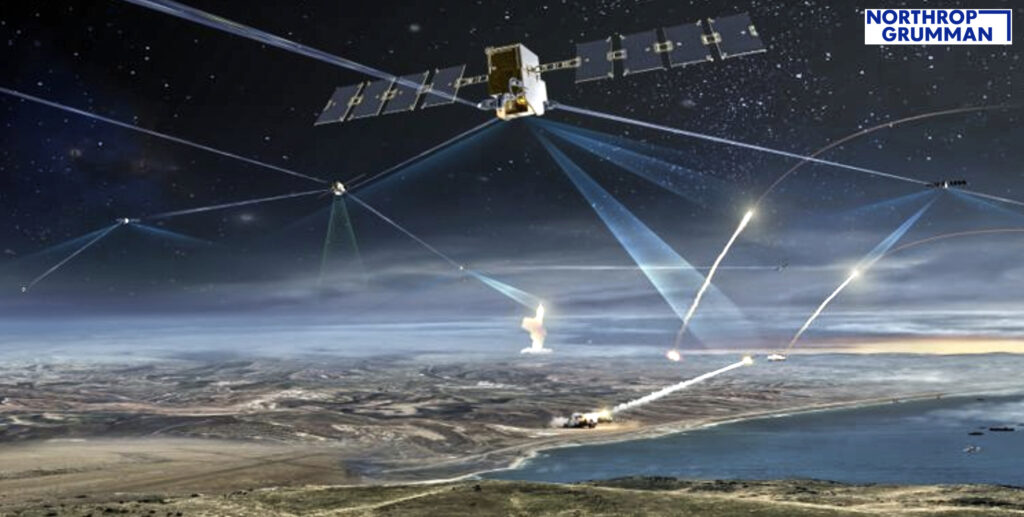
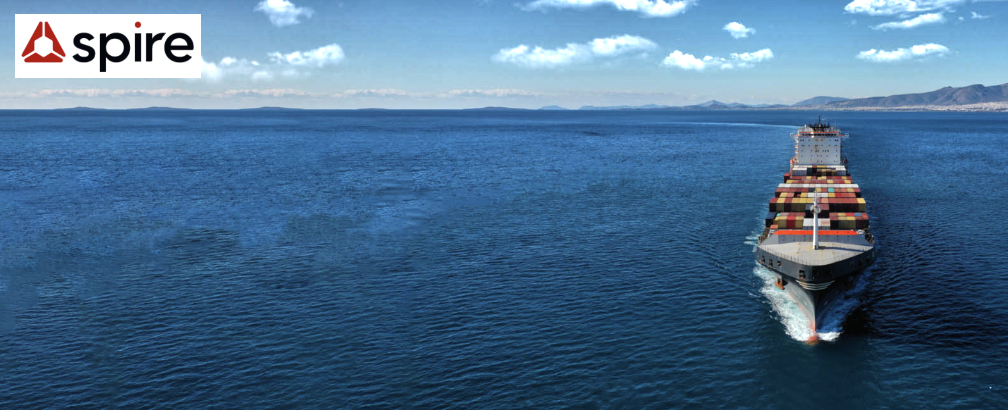
 (DNA) Platform
(DNA) Platform